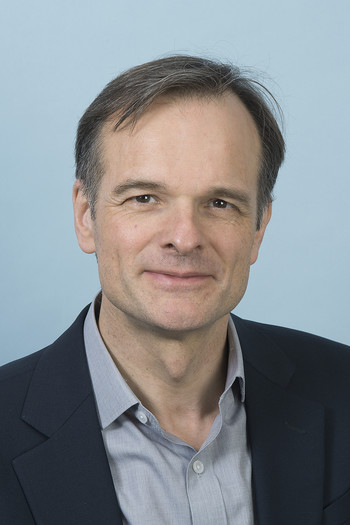
Gabriel Aeppli is professor of physics at ETH Zürich and EPF Lausanne, and head of the Photon Science Division of the Paul Scherrer Institut. All of his degrees are from MIT and include a BSc in Mathematics and Electrical Engineering, and MSc and PhD in Electrical Engineering. A large fraction of his career was in industry, where, starting as a work-study student at IBM and after his PhD moving to Bell Laboratories and then NEC, he worked on problems ranging from liquid crystals to magnetic data storage. He was subsequently co-founder and director of the London Centre for Nanotechnology and Quain Professor at University College London. Gabriel Aeppli also cofounded the Bio-Nano Consulting Company, of which he remains a non-executive director. He is a frequent advisor to numerous private and public entities worldwide (including China, Australia, Europe and the US) engaged in the funding, evaluation and management of science and technology. Honours include an European Research Council Award, the Mott Prize of the Institute of Physics (London), the Oliver Buckley prize of the American Physical Society, the Néel Medal/International Magnetism Prize of the International Union of Pure and Applied Physics, and election to the (US) National Academy of Sciences, the American Academy of Arts and Sciences, and the Royal Society (London).